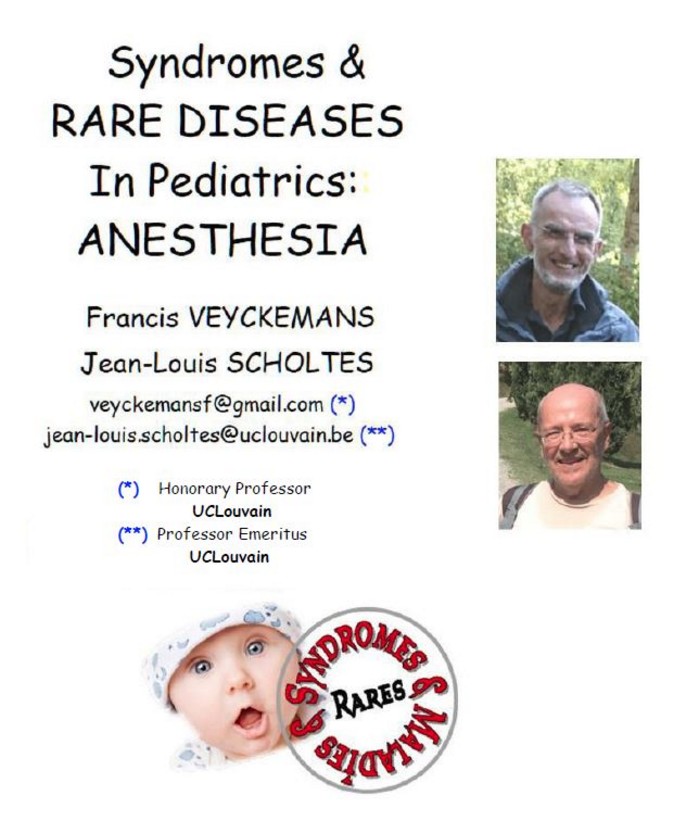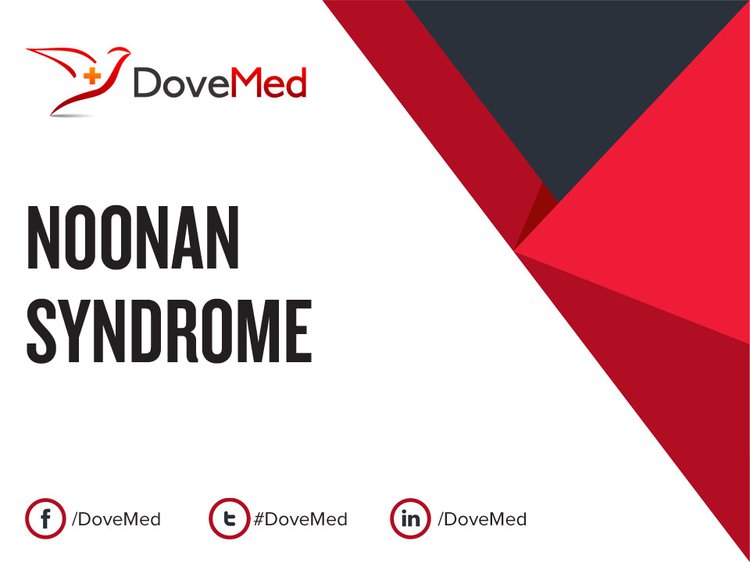Noonan Syndrome And Anesthesia
Noonan syndrome and anesthesia. This case report describes anesthetic considerations for a 6-year-old boy admitted for adenoidectomy under general anesthesia who had a complicated medical history including mastocytosis Noonan syndrome and von Willebrand disease. Patients with Noonans syndrome have normal chromo- somes are fertile are usually mentally retarded and have right-sided cardiac lesions usually pulmonary valve dysplasia. Heart problems may include pulmonary valve stenosis.
Noonans syndrome NS is an autosomal dominant congenital disorder that affects both males and females equally. In this case epidural anesthesia was given during induction of labor but the patient failed to progress and thus required a Cesarean section. Anesthetic management in such cases poses a multitude of challenges especially related to the airway management and maintenance of cardiovascular stability.
However the karyotype in Noonan syndrome is normal. Summary A 5yearold girl with Noonans syndrome and a hypertrophic cardiomyopathy presented for myelography and subsequently laminectomy. Koblinsky first described this syndrome in 1883.
The breast bone may either protrude or be sunken while the spine may be abnormally curved. Each affected the anesthetic plan and was addressed preoperatively among all surgical and anesthesia providers. Jacqueline Noonan in 1968 is a disorder characterized by facial dysmorphisms cardiovascular defects primarily consisting of pulmonary stenosis short stature and variable developmental delay.
McLure and Yentis reported the use of general anesthesia for Cesarean section in a parturient with Noonan syndrome. Noonan syndrome ICD 10. Patients with a distinct diagnosis of Noonan-like syndrome SHOC2 S2G mutation who have loose anagen hair myopathy normal to moderately elevated CK levels and hypertrophic cardiomyopathy may be at elevated risk for MH so a non-triggering anesthetic should.
Majority of children with NS have congenital heart defects chest deformities such as pectus excavatum or pectus carinatum cryptorchidism hematological disorders facial dysmorphology webbed neck cervical spine anomalies and kyphoscoliosis which are. Noonan syndrome is phenotypically similar to Turner syndrome. In addition affected individuals often display pectus excavatum or carinatum webbed neck coagulopathies and ocular anomalies.
Noonan syndrome NS with characteristic facial features is one of the most common non chromosomal syndromes presenting to the cardiac anesthesiologist for the management. Intelligence in the syndrome.
Noonan syndrome is a common genetic disorder with multiple congenital abnormalities.
Majority of children with NS have congenital heart defects chest deformities such as pectus excavatum or pectus carinatum cryptorchidism hematological disorders facial dysmorphology webbed neck cervical spine anomalies and kyphoscoliosis which are. The breast bone may either protrude or be sunken while the spine may be abnormally curved. This case report describes anesthetic considerations for a 6-year-old boy admitted for adenoidectomy under general anesthesia who had a complicated medical history including mastocytosis Noonan syndrome and von Willebrand disease. Anesthetic management according to cardiac malformation. Features of Noonan syndrome may include a distinctive facial appearance short stature a broad or webbed neck congenital heart defects bleeding problems problems with bone structure skeletal malformations and developmental delay. Noonan syndrome is a common genetic disorder with multiple congenital abnormalities. Noonan syndrome is phenotypically similar to Turner syndrome. McLure and Yentis reported the use of general anesthesia for Cesarean section in a parturient with Noonan syndrome. Anesthetic management in such cases poses a multitude of challenges especially related to the airway management and maintenance of cardiovascular stability.
Noonan syndrome NS with characteristic facial features is one of the most common non chromosomal syndromes presenting to the cardiac anesthesiologist for the management. Summary A 5yearold girl with Noonans syndrome and a hypertrophic cardiomyopathy presented for myelography and subsequently laminectomy. The term Noonan syndrome was first used in 1963 when Jacqueline Noonan and. Noonans syndrome was first described by Noonan and Ehmke in 1963. Noonan syndrome ICD 10. Anesthetic management according to cardiac malformation. Regional techniques have been used but require careful assessment of cardiac.



































Posting Komentar untuk "Noonan Syndrome And Anesthesia"